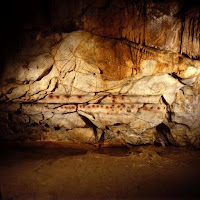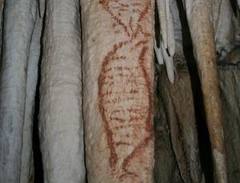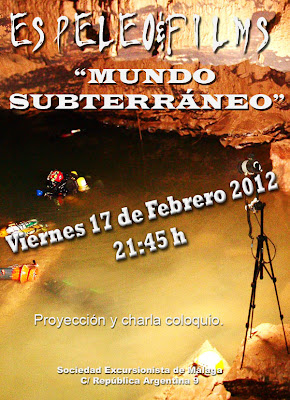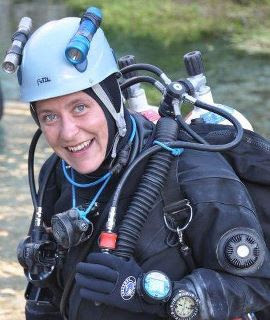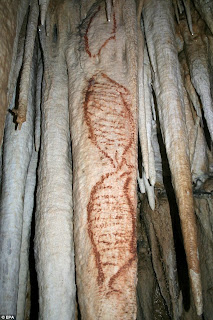An archaeological excavation near Barcelona has discovered an approximately 100,000 year old skeleton of a young elephant, less than 7 years old. They are the first remains of an elephant found in the Massís del Garraf, a hilly area in Greater Barcelona, and what’s more, the find is exceptional since the discovery of complete elephant skeletons in caves is rare in Catalonia. Up to now, the two back legs, the pelvis and the spine have been documented as anatomically connected, although only a small portion has been excavated from where the elephant was found, in the ‘Cova del Rinoceront (Rhinoceros’ cave), in Castelldefels. Researchers from the University of Barcelona are confident that the rest of the animal will be complete, but it won’t be found until the next archaeological dig.
In Massís del Garraf, individual parts of pachyderm, such as tusks, have already been found, especially belonging to woolly mammoth skeletons. The findings show that there were elephants in the central Catalan coastal area before the mammoths’ own arrival during the Ice Age. Therefore the recently discovered elephant remains, as well as numerous finds of Mediterranean tortoises in the same rhinoceros’ cave in Castelldefels, show that 100,000 years ago the climate of the Catalan coastal area was warmer.
The ‘Cova del Rinoceront’ is a Palaeolithic site which ranges from 200,000 to 80,000 years BC and is unique to Catalonia. At the site, there are a lot of animal remains in an excellent state of preservation, although extensive mining of the limestone has destroyed a large part of the Rhinoceros cave, such as the original entrance. The remains that have been recovered suggest that the cave was a den of carnivores, which used the cave as shelter and where they brought their prey.
The archaeological excavations at the ‘Cova del Rinoceront’ in Castelldefels are led by researchers Joan Daura and Monze Sanz, members of the Quaternary Research Group-SERP of the University of Barcelona, which is directed by Professor of Prehistory, Josep Maria Fullola. Funding comes mainly from the Castelldefels City Council and the Catalan Government’s Service of Archaeology and Palaeontology.
Source: CNA

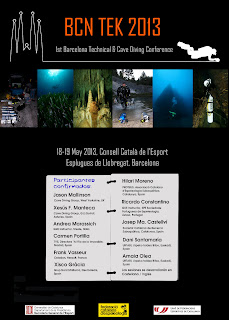
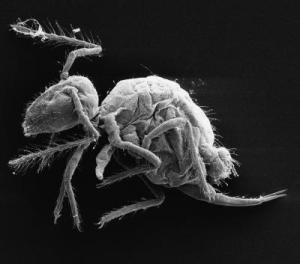
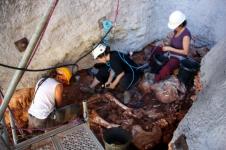
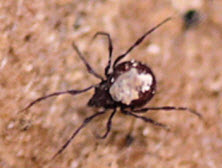
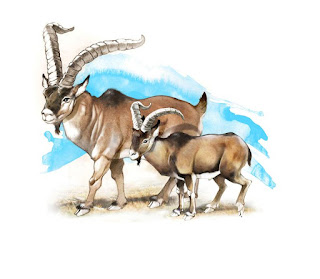
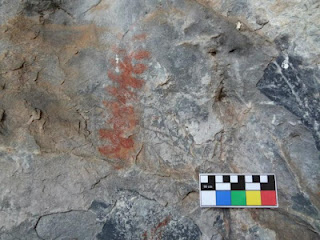
.jpg)
